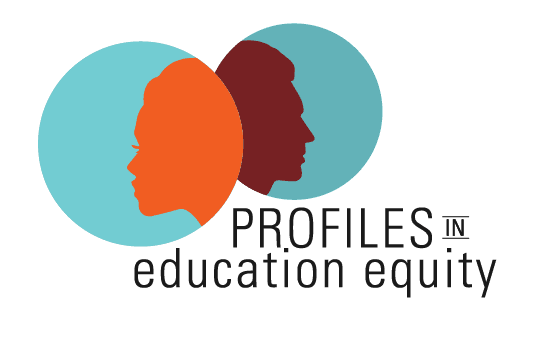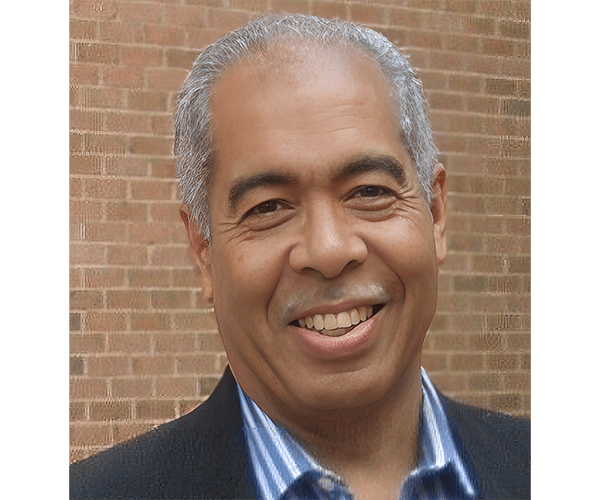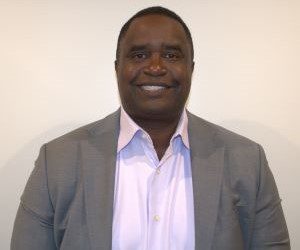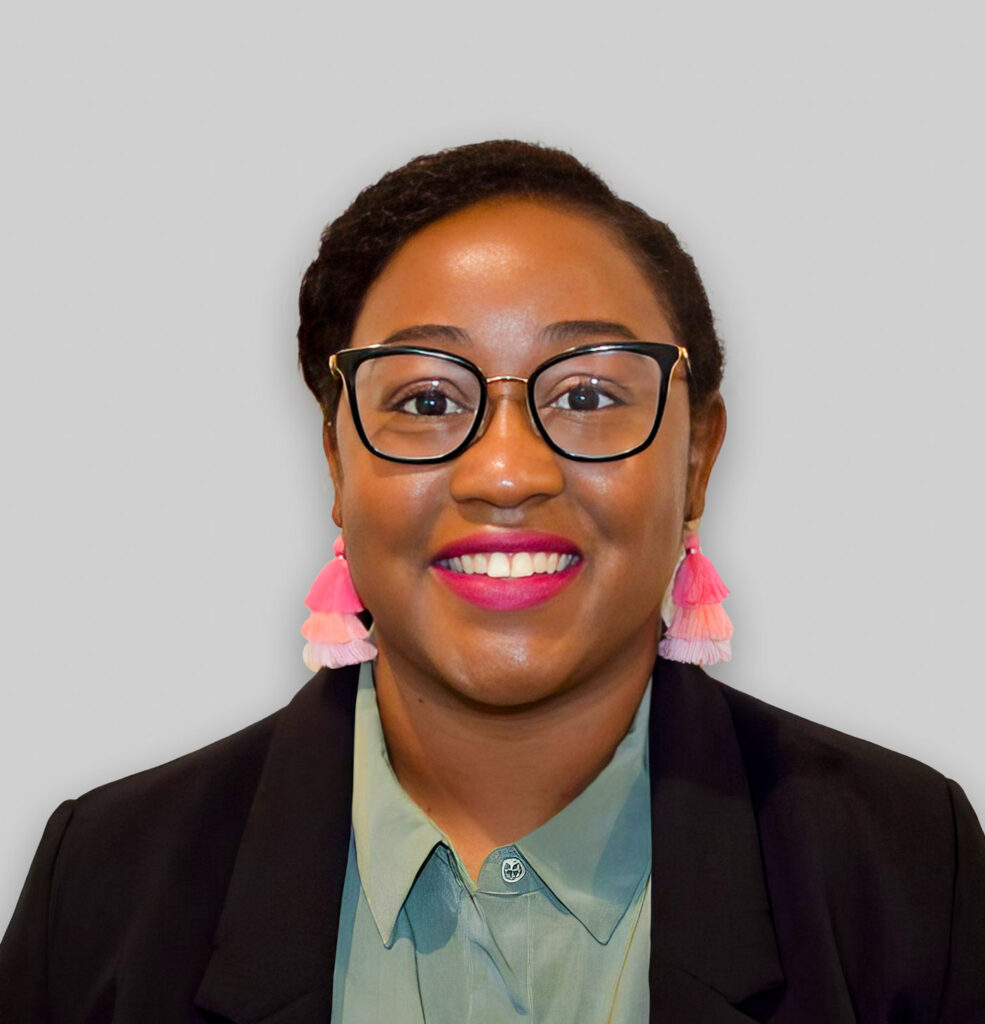 As a Black, first-generation, former low-income student, and the firstborn son of an immigrant mother from Mexico, Gray Sterling has dedicated his professional career of nearly 10 years to educational justice and economic opportunity for communities of color through strategic policy interventions and systems change. Currently, he serves as Ed Trust’s Partnerships and Engagement consultant for Washington State. Let’s get to know him better.
As a Black, first-generation, former low-income student, and the firstborn son of an immigrant mother from Mexico, Gray Sterling has dedicated his professional career of nearly 10 years to educational justice and economic opportunity for communities of color through strategic policy interventions and systems change. Currently, he serves as Ed Trust’s Partnerships and Engagement consultant for Washington State. Let’s get to know him better.
What does education equity mean to you?
Education equity is a means to a more just end for the populations in our society who face the most injustices. Greater opportunity for multigenerational economic and social prosperity among underserved Black and Latino communities begins with intentional design and targeted resources that ensure equitable access to and strong outcomes from a high-quality education system. Our society stands to benefit on all fronts when all students receive the necessary resources and supports to thrive and succeed.
Describe the educational landscape of Washington State.
The current demographic of the state is, of course, predominately White, though, among populations of color, Latinos represent the largest percentage in the state and are the fastest growing of all other groups. However, when looking at the educational attainment rate among adult Latinos in the state, a majority of whom have earned less than a high school diploma and trail all other groups in graduation rates. This of course, poses a challenge on the economic imperative front (worker shortage, regional economies, etc.). However, there is also a moral imperative that the economists tend to ignore in policy discussions because of communities of color, who face their own attainment challenges, are underrepresented. It wasn’t until this past summer that some policymakers began having discussions about explicitly serving Black and Indigenous populations in Washington. Up until recently, discussions on equity have been broadly centered on “students of color” or income status as a proxy for race — instead of addressing the specific needs of varied communities of color and their respective challenges in the state’s education system. This in my mind is one of the key challenges in the state: continuing to harness the energy from last year’s unrest and leverage it to apply targeted principles in policymaking for the benefit of students furthest from opportunity and, by extension, all students in the state.
You’re a Black Mexican in a mostly White state. How does your identity inform your work?
My identity 100% drives my work. I pursued a career in education policy because I believe in — and have witnessed firsthand — the transformative power of education and want to help make improvements to a system that currently burdens kids that look like me with unnecessary obstacles while providing inadequate support for broad success. Black and Latino kids should be able to live to their fullest potential, reaping the generational social, economic, and political benefits of a quality education without having to be exceptional in overcoming challenges often not experienced by White and more affluent communities. I do this work because I want others from my community to have greater opportunities to succeed for themselves and their families, and I believe education provides the best means toward that end.
What do you think is the most pressing education equity issue right now? How can advocates address this challenge?
The most pressing issue in education right now is, of course, the unfinished learning resulting from the pandemic, which has exacerbated many of the equity challenges that already existed. Advocates in Washington State are already working to address this challenge by making efforts to inform district reopening plans and the allocation of emergency recovery funds from the federal government.
You’ve been doing equity work for nearly a decade. How has the landscape changed?
The landscape on equity is very dynamic and constantly evolving in Washington State. Over the past 10 years, policymakers and stakeholders have become more willing and intentional about addressing issues of equity as it relates to a range of marginalized populations broadly focused on the likes of socioeconomics, disability, or houselessness, for example. Not until more recently — particularly following the murders of George Floyd and Breonna Taylor at the hands of police and the social unrest that followed in 2020 — have leaders begun to address racial equity more intentionally. Last legislative session saw many bills addressing racial injustice across a wide variety of sectors. There is still much work to do to hold policymakers accountable to real action beyond performative statements and efforts in this space, but the opportunity is present.
What’s next regarding your work?
My immediate priority is building out an advocacy strategy for Washington State that positively addresses the needs of students of color in alignment and partnership with local stakeholders. As part of those efforts, I am working with local partners to help develop an emerging equity coalition focused on the success of Black students in the state.





 As a Black, first-generation, former low-income student, and the firstborn son of an immigrant mother from Mexico, Gray Sterling has dedicated his professional career of nearly 10 years to educational justice and economic opportunity for communities of color through strategic policy interventions and systems change. Currently, he serves as Ed Trust’s Partnerships and Engagement consultant for Washington State. Let’s get to know him better.
As a Black, first-generation, former low-income student, and the firstborn son of an immigrant mother from Mexico, Gray Sterling has dedicated his professional career of nearly 10 years to educational justice and economic opportunity for communities of color through strategic policy interventions and systems change. Currently, he serves as Ed Trust’s Partnerships and Engagement consultant for Washington State. Let’s get to know him better.

